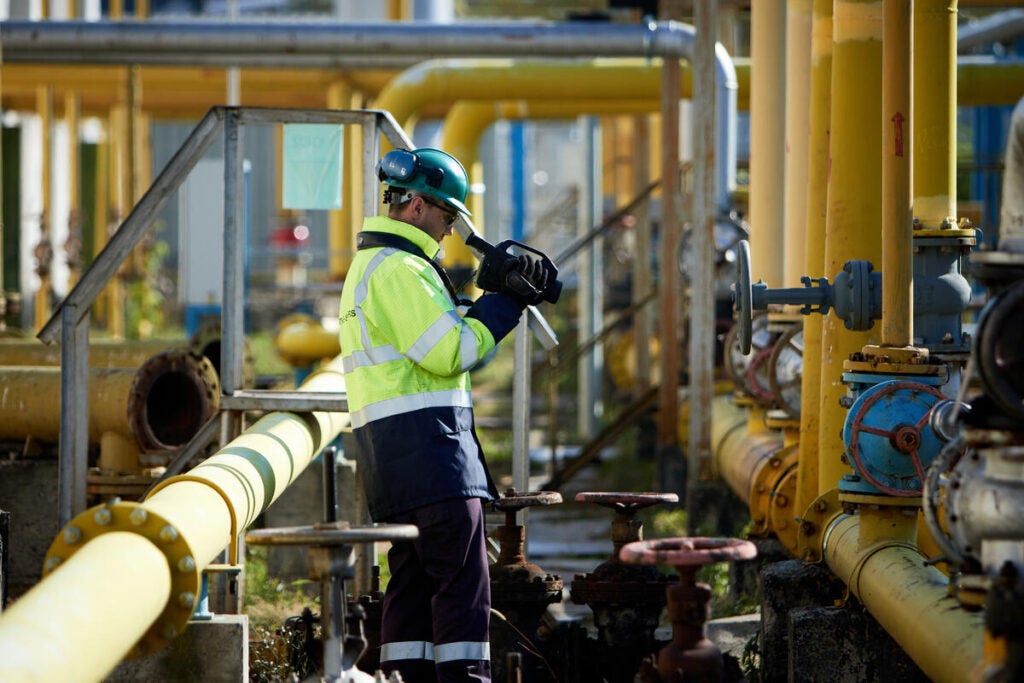Cutting methane emissions from the energy sector is the fastest, cheapest and most effective way to curb global warming even as we decarbonize our energy systems. And the first step is making sure we know how much methane is being emitted, where it’s being released and by whom. As the well-worn adage goes, you can’t fix what you don’t measure.
Fortunately, global frameworks have taken hold that allow companies and regulators to do just that. The UN Environment Programme’s Oil and Gas Methane Partnership 2.0 is a voluntary best practice scheme that requires companies to provide accurate emissions information through scientifically credible methodologies and allows them flexibility on technology choice for achieving this.
Time for Australia policymakers to catch up on methane reporting Share on XOGMP has seen massive take-up, with more than 120 companies joining globally. This reflects awareness in oil and gas companies that their investors, trade partners and domestic customers are increasingly attuned to methane’s climate impacts and have started to scrutinise methane pollution rates in different companies and regions.
Oil and gas corporations operating in Australia are no exception: more than half of LNG production in Australia is from companies signed onto OGMP, including INPEX, bp, Shell and, most recently, Exxon and Woodside. Major producers Santos and Chevron have not signed up, but momentum is building for them to do so; and there are indications important smaller companies are also on the verge of signing up.
With Australia’s gas operators already taking action, it’s time for government to catch up. As the Department of Climate Change, Energy, the Environment and Water considers updates to the National Greenhouse and Energy Reporting Scheme, it should align company emissions reporting requirements with the OGMP 2.0 framework.
This will improve the accuracy of Australia’s emissions inventory and better allow it to track progress against climate goals and to improve enforcement of critical pollution reduction regimes like the Safeguard Mechanism. It will help bring the balance of Australia’s energy industry up to the standards already adopted by more than half of the industry. And it will mitigate the confusion and cost created when industry has to keep multiple sets of books to satisfy different reporting frameworks.
Most importantly, it will drive reductions. Time and time again, we see that even the most proactive companies are unaware of their emissions until they start taking real measurements in the real world. When they do that, they find problems and they fix them.
DCCEEW made strong efforts to increase the granularity of emissions reporting over the past decade, but there has been a revolution in monitoring technologies and measurement methodologies in recent years. Now is a great time for the government to lean in and become a global leader once again.
This blog is authored by our Australian policy consultant, Charlotte Hanson











